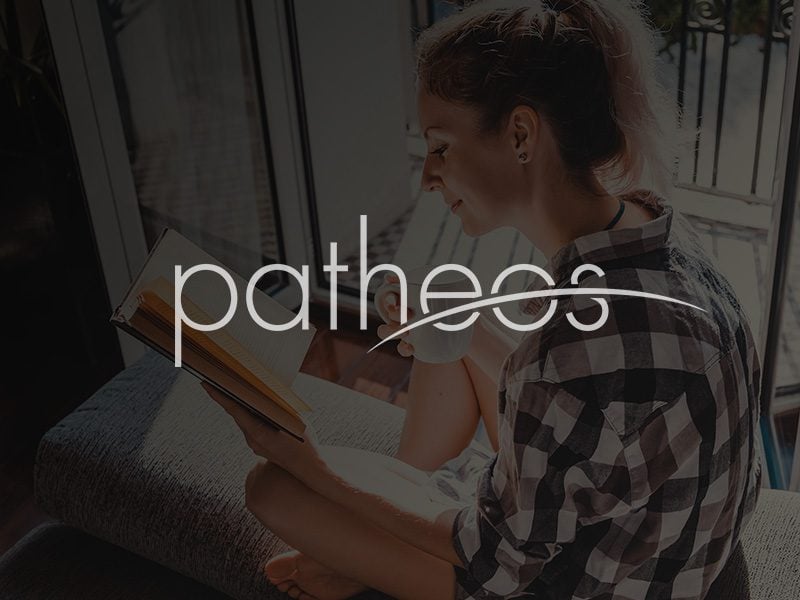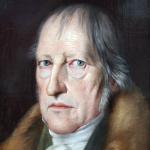“The story of modern theology begins with the rise of liberal Protestant theology. And liberal Protestant theology … began with Friedrich Schleiermacher… There were liberalizing Christian thinkers before Schleiermacher, but they were not professional, church-related theologians. Schleiermacher was the first person in history to be both liberal and a professional theologian….
“What is liberal theology?… ‘maximal acknowledgement of the claims of modern thought’ within Christian theology.” So Roger Olson, The Journey of Modern Theology, 125, 126.
Karl Barth was not a liberal theologian. John Stott was not a liberal theologian. Dallas Willard was not a liberal theologian. I have been posting about liberal theology this year (see here), and it is important to know how to use this wonderful word “liberal” well. Among Roman Catholics the term “modernism” was the more common term but the two are mutually compatible descriptors: liberal theology is all about adjusting the Christian tradition to modernity. I give an example: it is liberal to believe the Bible is against same-sex relations and then to revise or correct what the Bible says about homosexuality on the basis of a more modern understanding of sexuality; it is not liberal to think the Bible, as a result of acceptable exegesis and historical work, originally did not condemn homosexuality as we know it today. I hope that distinguishes what liberalism means. It is to revise in light of modernity and cultural progress.
In other words, liberal theology affirms the rightness of one’s own culture as a basis of critiquing the Bible. Therefore, at the heart of liberalism is critique of the Christian tradition and Scripture. This, however, does not make the Reformation “liberal.” For it to be liberal, it has to be modern and post-Enlightenment and partaking in radical commitments to liberalism and individual freedom. Olson knows Justin Martyr and Clement of Alexandria adjusted Christian tradition to the philosophy of their day, but that doesn’t make it “liberal” since that term is connected to modernity.
Liberal theology accommodates to modernity; it does not necessarily capitulate nor does it necessarily accommodate in all ways and in all directions. Question:
Do you think “theistic evolution” as a construct is liberal and accommodating?
Olson’s primary examples are F. Schleiermacher, A. Ritschl, A. Harnack [who was Bonhoeffer’s neighbor and teacher], and W. Rauschenbusch. In other words, liberal theology’s heyday was the 19th Century and a spillover into the 20th Century. Real liberal theology then aims at reconstruction; it is optimistic and anthropocentric; it does theology from below, and it interprets the Bible critically.
Briefly now:
Schleiermacher: the most influential theologian in Germany in his day; he developed a method shaped by modernity’s romanticism and experiential religion; human experience gains the upper hand: religion is feeling and theology is reflection on this experience of religion. He both redefined and reconstructed doctrine after doctrine. God is all about learning what is involved in the God-consciousness of the Christian people. Prayer is about being changed. He rejected classic Christian orthodoxy on christology. Jesus is the highest in God-consciousness. Schleiermacher was Barth’s main opponent!
Ritschl: profoundly influential from 1875 to 1925 (or so). Kant is his conversation partner; science and religion are two different types of knowledge; Christianity is “the community of people who collectively make the value judgment that humanity’s highest good is found in the kingdom of God revealed by Jesus Christ” (150). Theology investigates these value judgments. What is kingdom? “unity of humanity organized according to love” (151). Little interest in God, but instead in value judgments — ethics. The kingdom is a social order in this world. [Some today are using kingdom in the same way.] Sin then is systemic evil.
Harnack popularized Ritschl’s theology through his more exacting historical exegesis of both the Bible and church history.
Rauschenbusch socialized the Ritschlian and Harnackian approaches of liberal theology into the American context, creating the social gospel. Olson knows he does not fit neatly into the liberal category. The goal was to transform human society into the kingdom of God” (165). He sees Rauschenbusch here not so much because of denials of doctrines — and he remained mostly orthodox — but because he elevated experience as did the other liberal theologians in Schleiermacher’s parade.
Lessing created the ditch: nothing historical can be the basis for universal truths. Troeltsch accepted his challenge and probed Christianity in a historical-critical era. He relativized religion but not absolutely! Christianity belongs to a place and time in history. It is a purely historical phenomenon. There can be no absolute religion. They are human creations. Troeltsch accommodates Christianity to historical consciousness, but in the end he ironically embraced the truth of Christianity and Jesus by not recognizing his own situatedness.
Finally, Olson looks at the Catholic struggle with modernism (A. Loisy and G Tyrrell).















